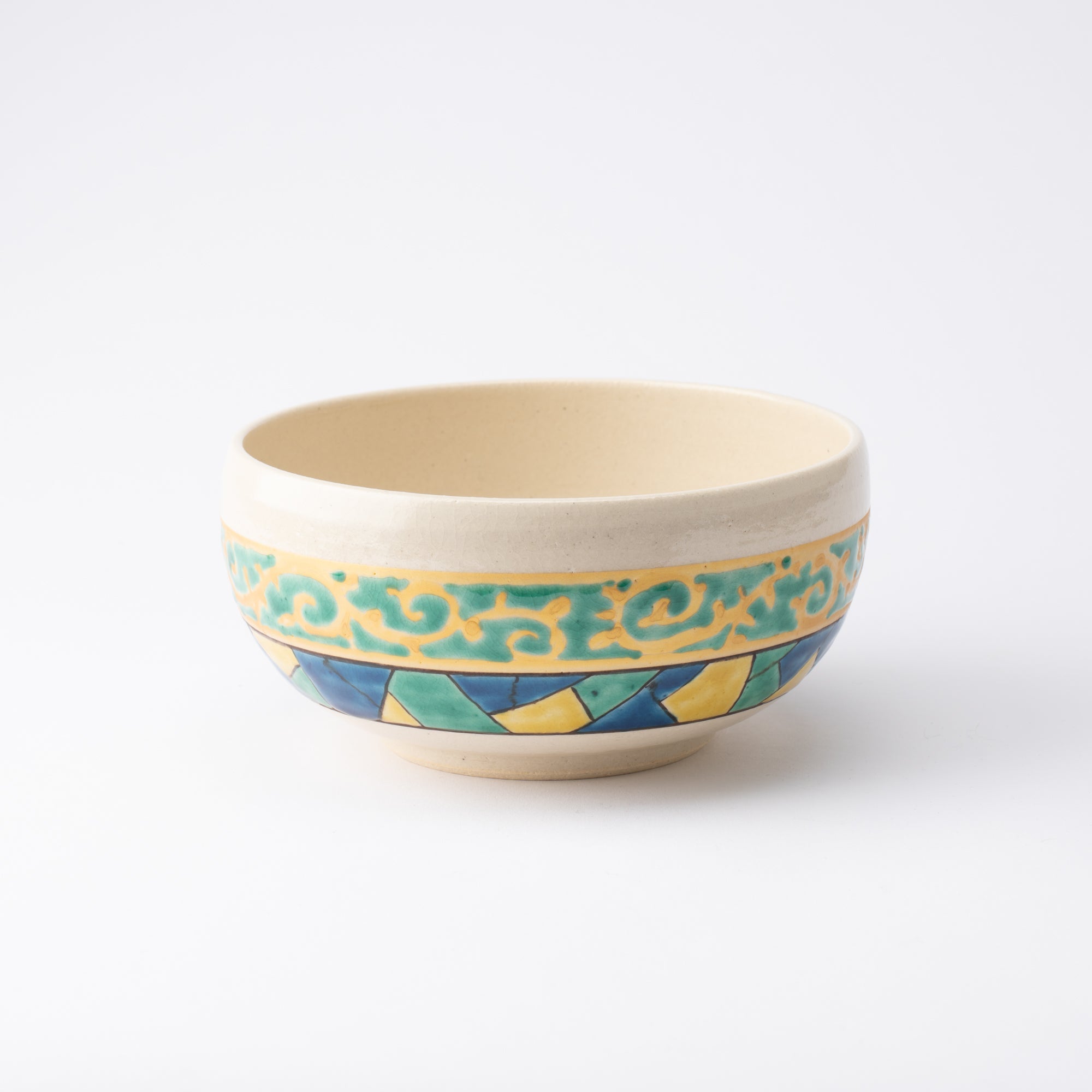
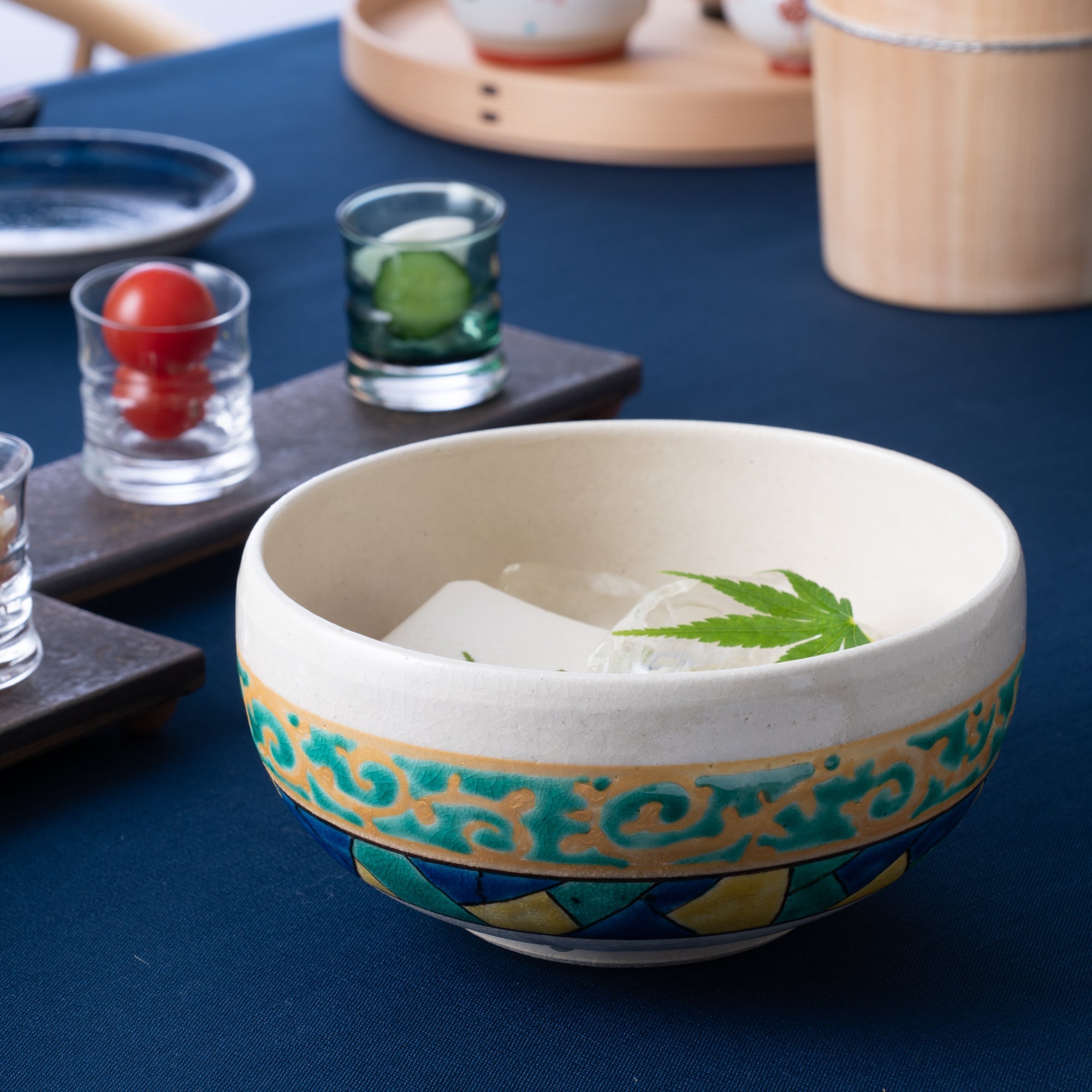
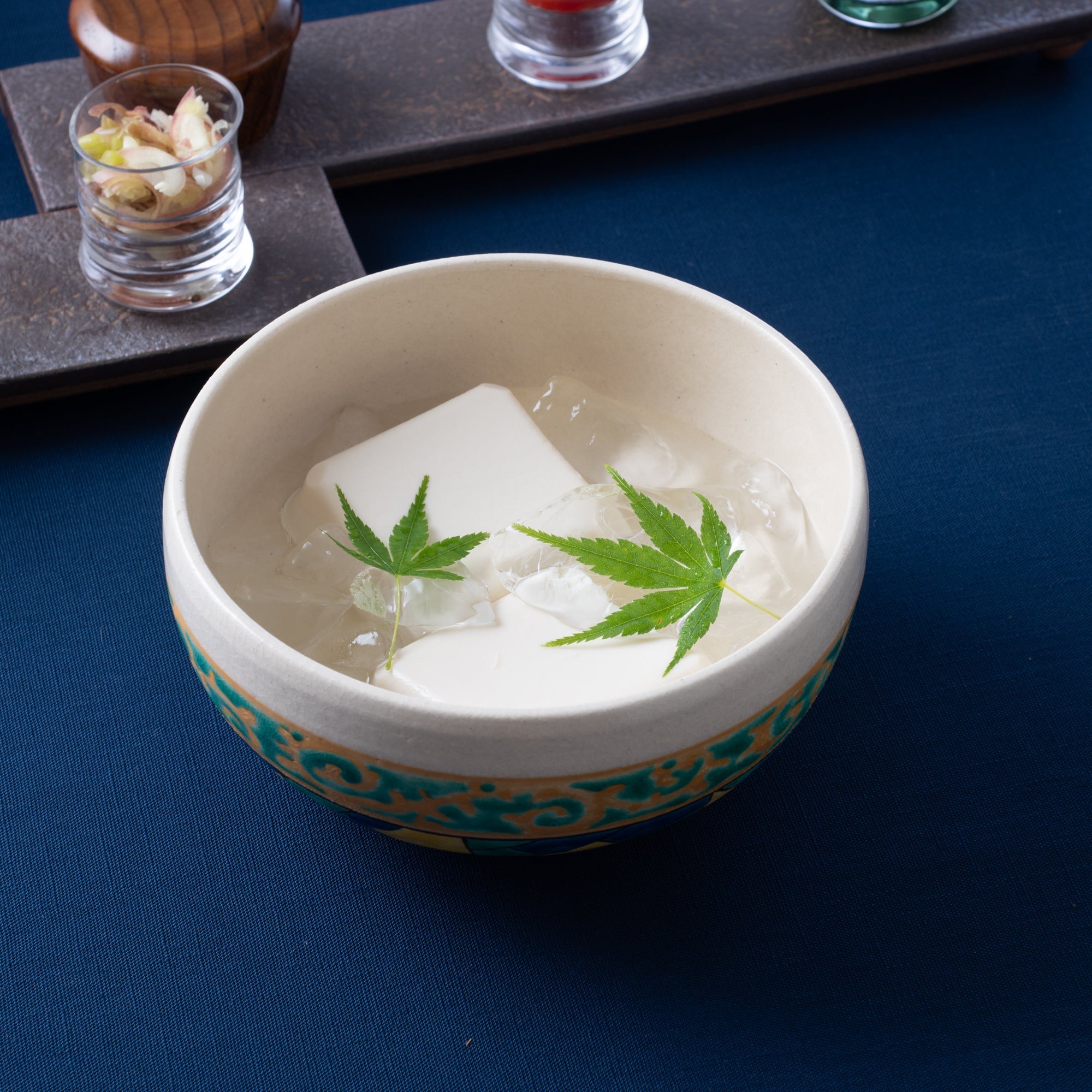
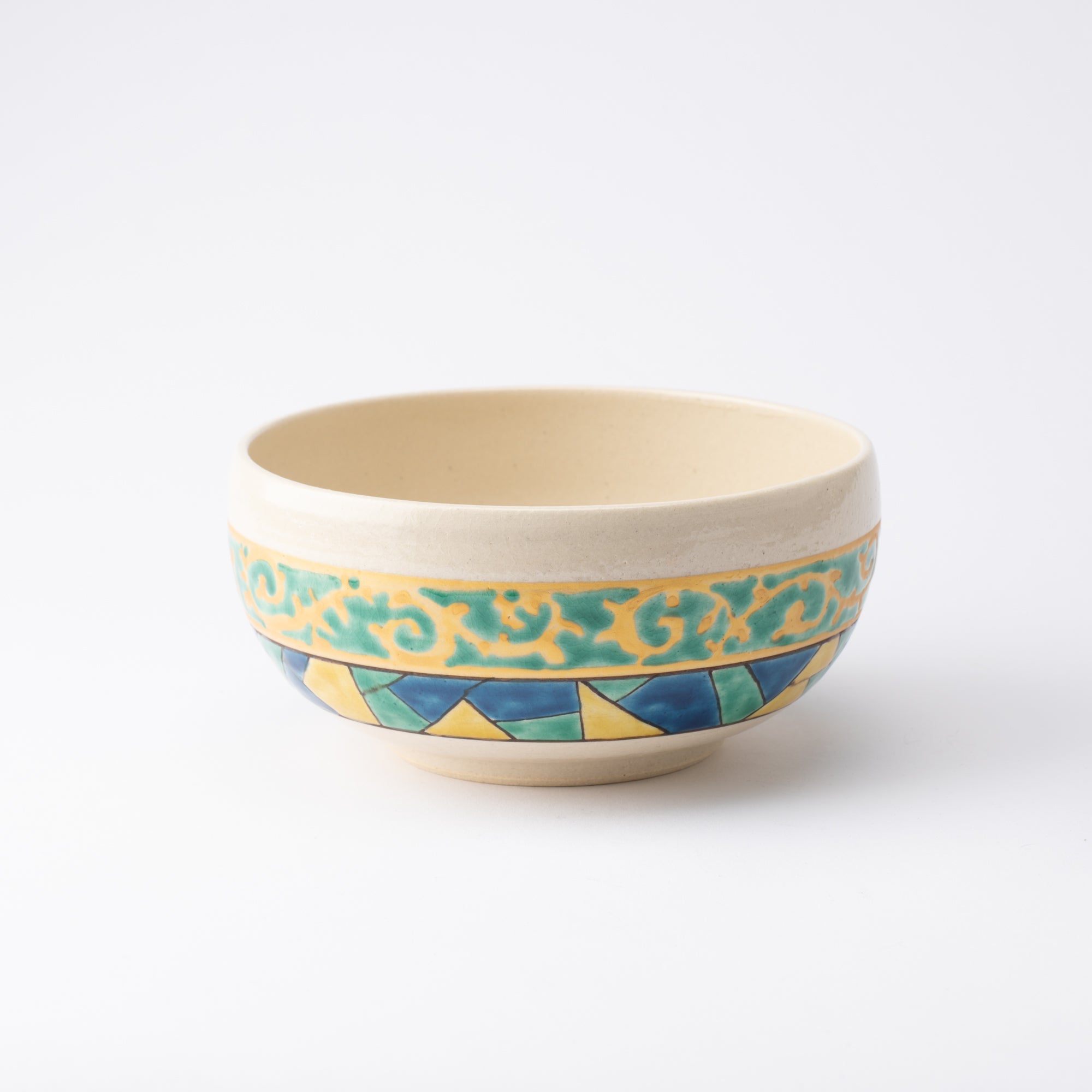
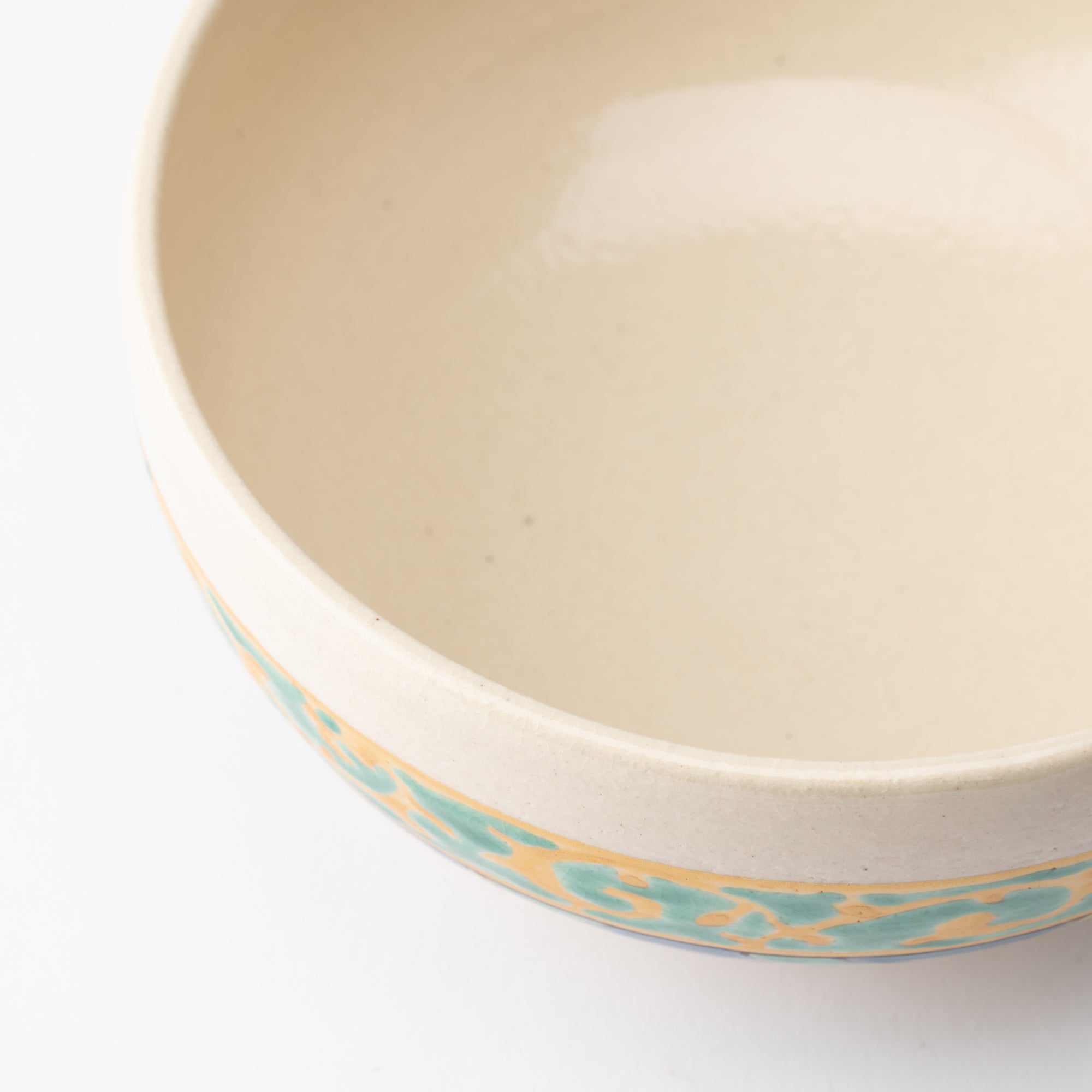
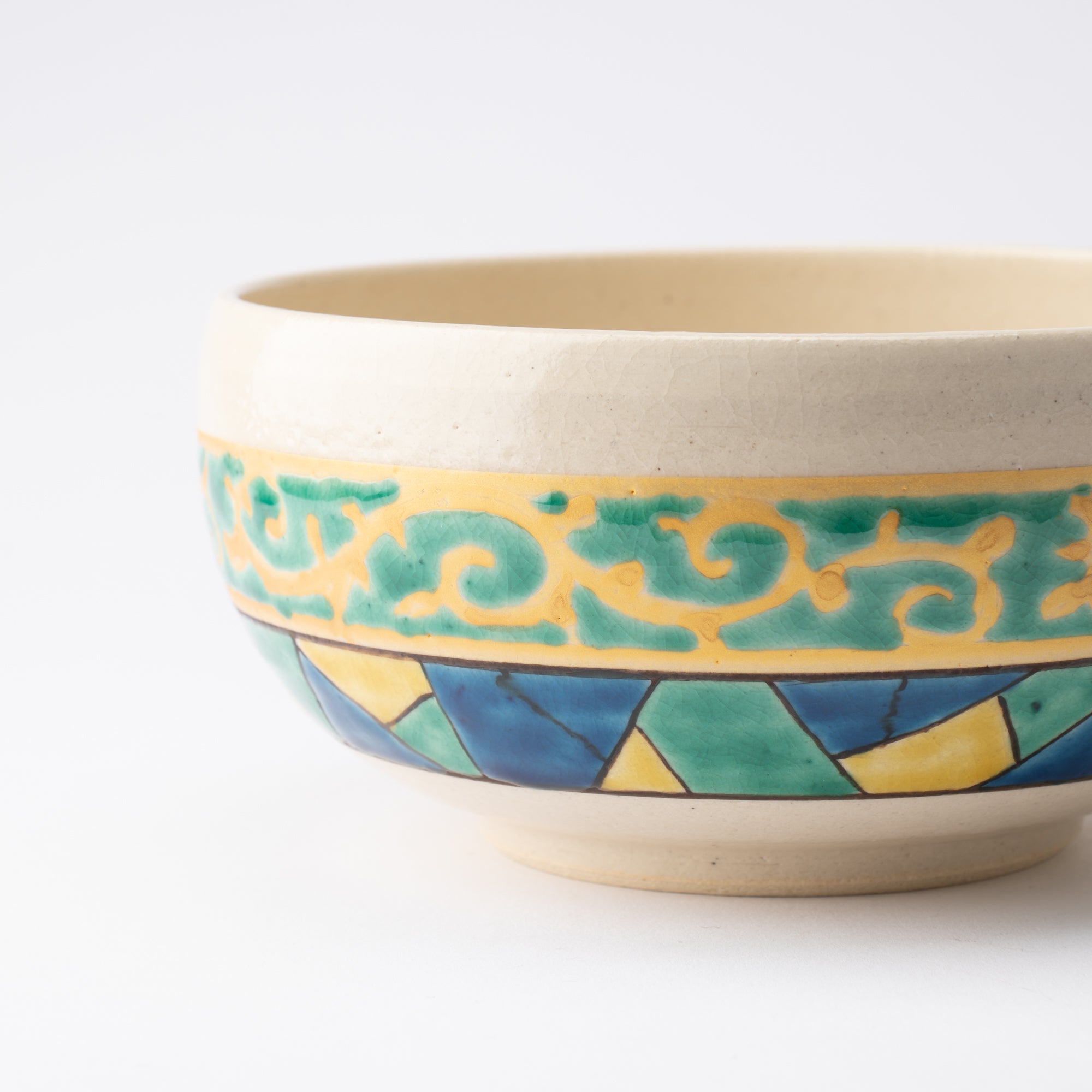
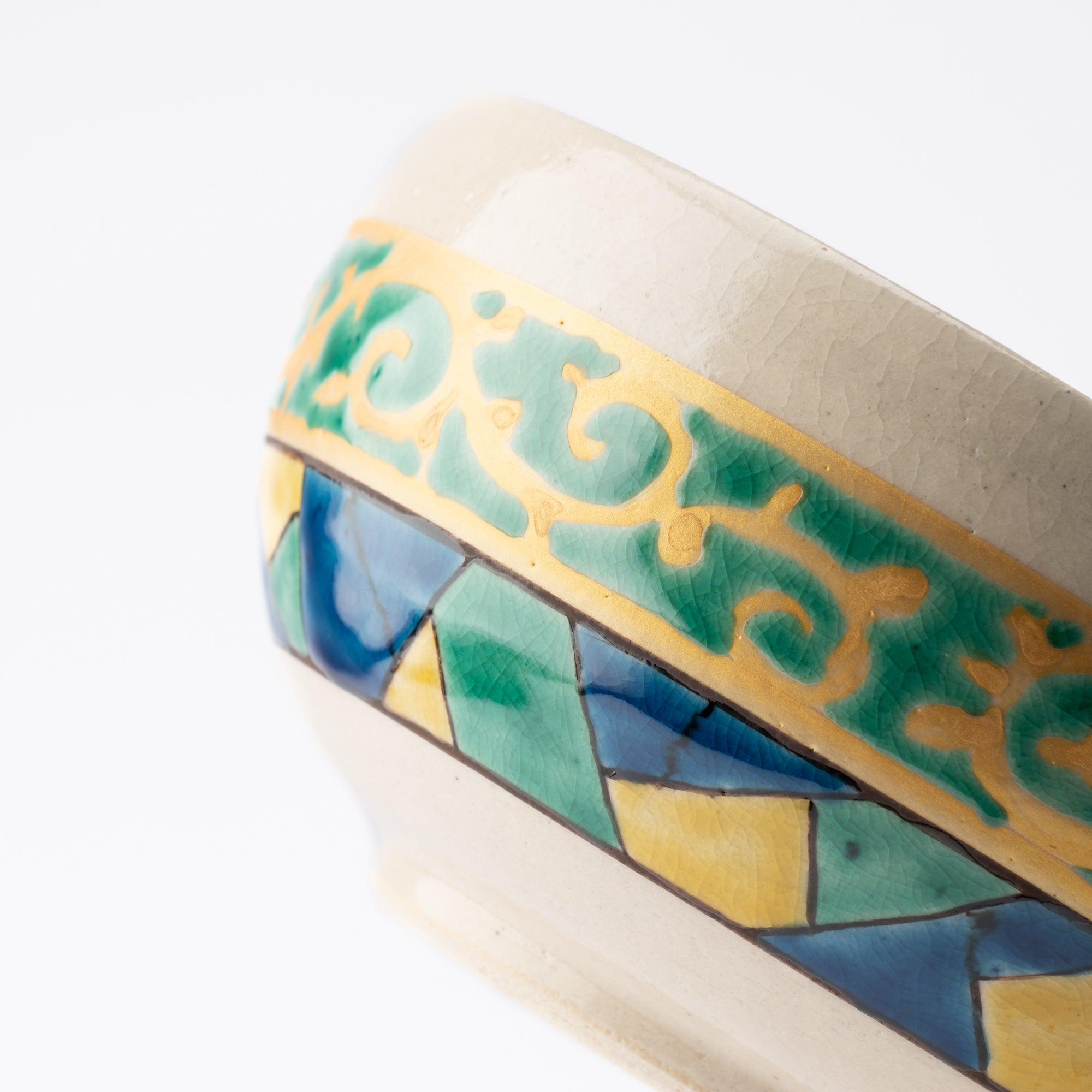


Arabesque and Cracked Ice Pattern Serving Bowl
Estimated Shipping Widget will be displayed here!
This large bowl features a gently rounded shape and a rustic stoneware texture that adds warmth to any table setting. Its practical design makes it easy to use, combining functionality with charm.
A stunning combination of jade green and gold arabesque patterns, delicately accented with a subtle gold shimmer, adorns the upper half. The lower half is decorated with a geometric cracked ice design, the distinctive crack-like kannyu texture beneath the glaze adds depth and character to the piece.
The bowl is perfect for donburi dishes like gyudon and oyakodon, and for simmered main dishes. It can also be used to serve noodle dishes like udon or soba. With its width and depth, it can easily hold generous portions of noodles and plenty of toppings.
DETAIL
| Quantity | 1 |
| Size | D 17.5 m (6.9 in) × H 8.5 cm (3.3 in) |
| Capacity | 1100 ml (37.1 fl oz) |
| Material | Stoneware |
| Microwave | No |
| Dishwasher | No |
Maker / Brand / Series
Origin
Choose options









Estimated Shipping Widget will be displayed here!
Serving Bowls
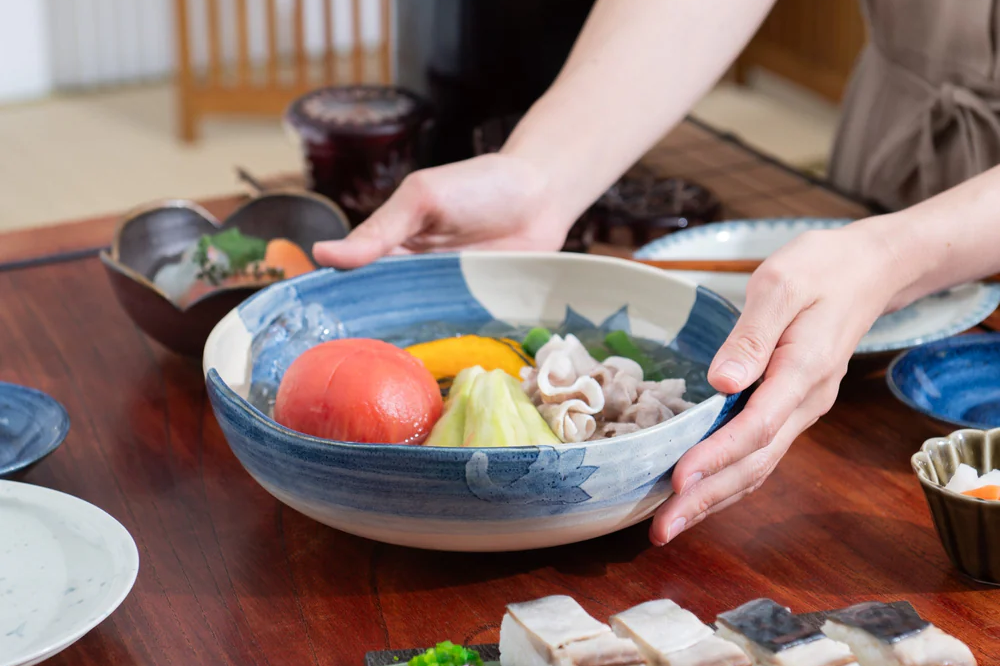
Evening Drinking Style for Early Summer
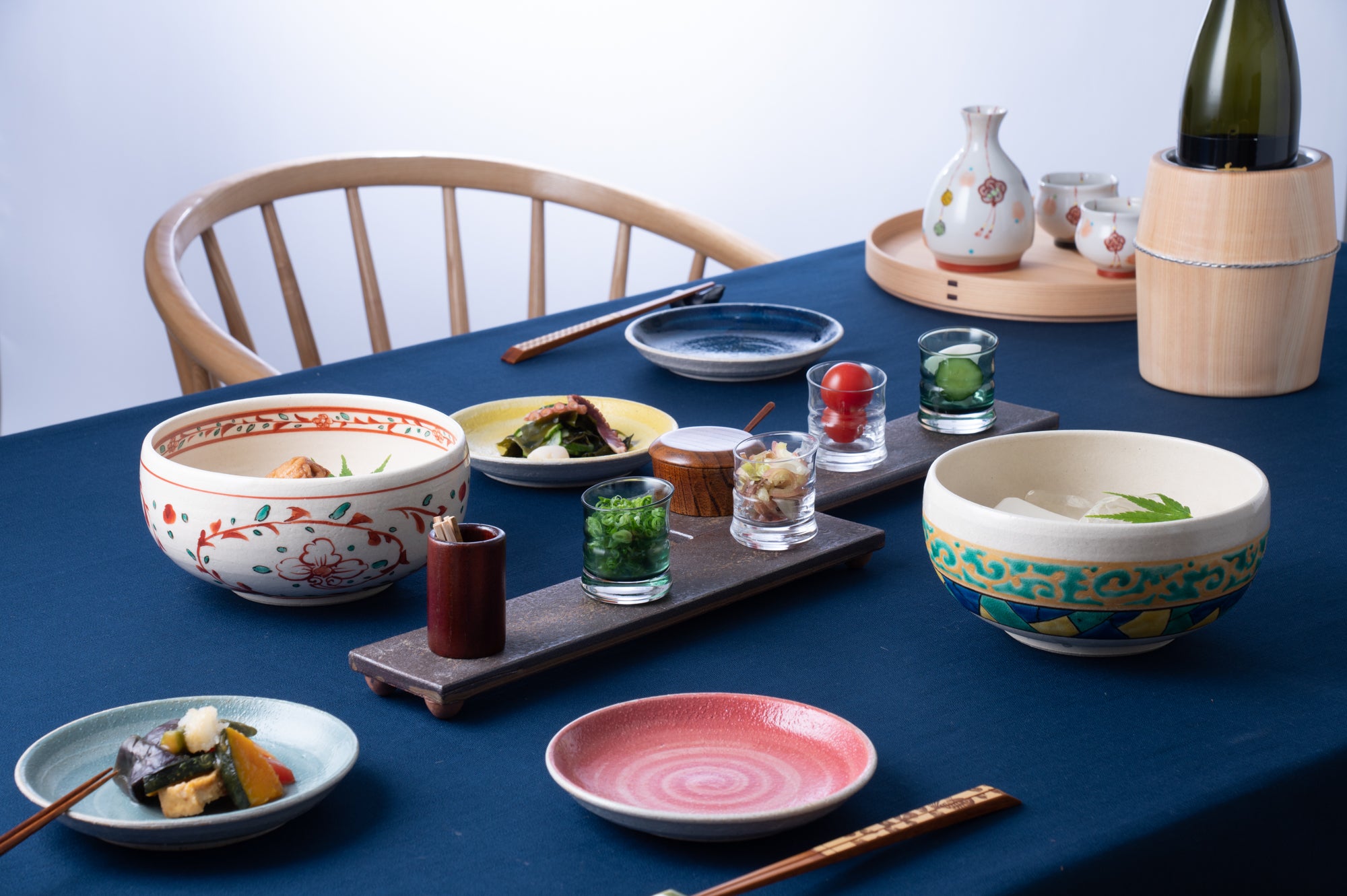
Imperfect Beauty: Cracking the Code of Kannyu
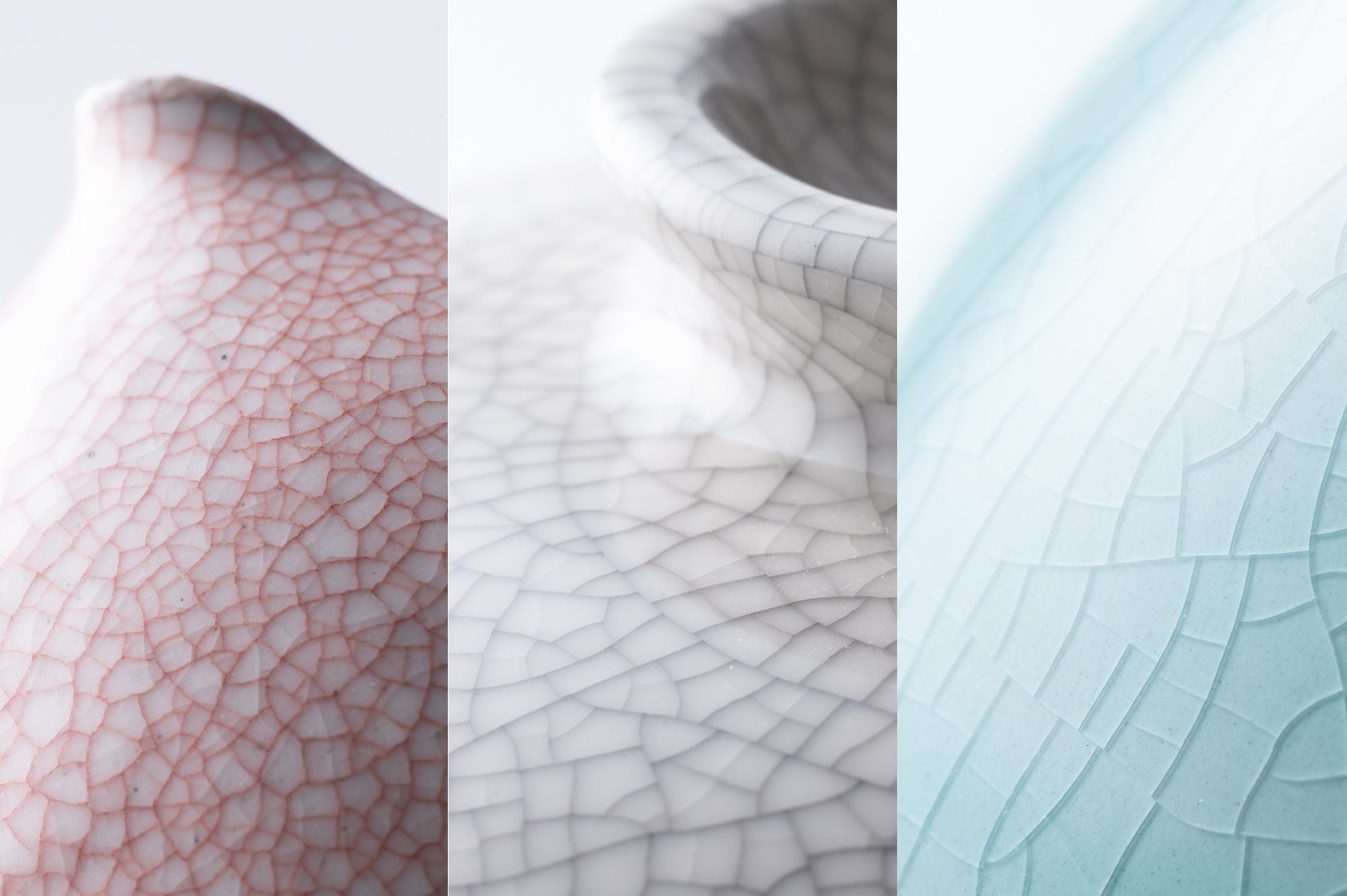
International Shipping
Multiple shipping options available, with discounted shipping for orders over 500000 and free shipping over 5000000.
Insured shipping service
Full compensation for any accidental damage that may occur during transit.
Made by Japanese craftsmen
Fair prices plus free furoshiki wrapping with every order.

